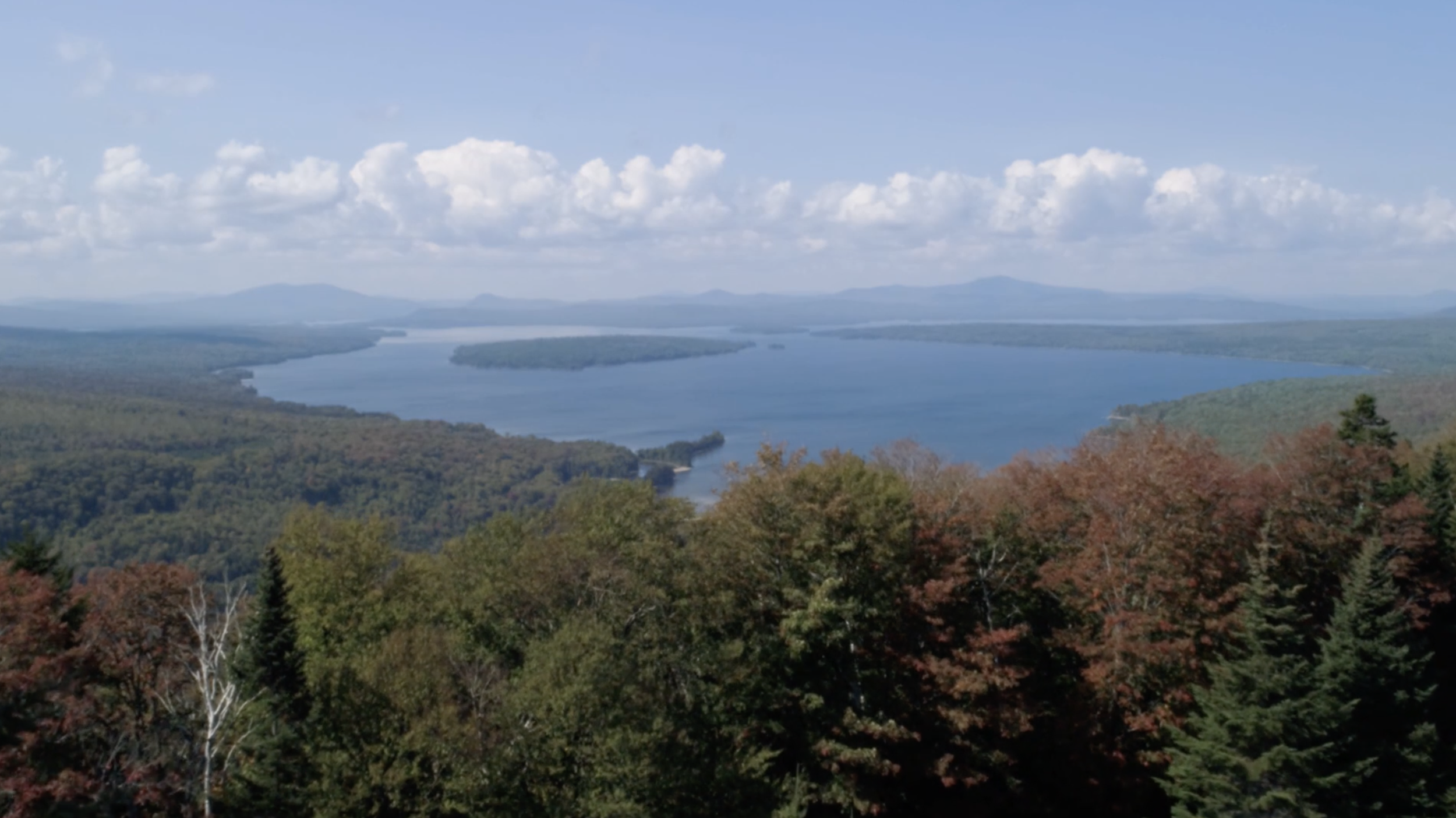Broadband internet and water systems may seem like an odd pairing, but they’re inseparable when it comes to tackling challenges like aging infrastructure, workforce shortages, and the growing impacts of climate change. As affordability becomes an even greater concern, reliable fiber optic broadband offers a transformative solution to modernize water systems, enhance efficiency, and bridge urban-rural divides.
Read MoreTee Thomas reflects back on 2024, her first year as CEO and QV's 10th year of breaking through barriers to drive impact for people and planet. These select 2024 highlights are emblematic of the passion, expertise, and collaborative spirit that define QV and our partners.
Read MoreClimate and resilience project developers must be open to engaging non-traditional partners and tools to bring outcomes-aligned financing and funding to fruition. QV's work with multi-sector partners in and around Sentinel Landscapes highlights the potential of this approach to enhance conservation and climate resilience at scale.
Read MoreBy blending philanthropic donations, public grants, and private (sometimes concessionary) capital, Community Based Organizations (CBOs) can build a capital stack that enables program growth, retains mission fidelity, and aligns all parties around achievement of beneficial societal outcomes. In New Orleans, QV worked with partners to develop an innovative capital model to launch and sustain a Family Focused Recovery program.
Read MoreThe connection between broadband investments and climate change is multi-faceted. By promoting remote work, enabling smart infrastructure, fostering sustainable agriculture, supporting environmental education, and facilitating vehicle and appliance electrification, broadband is a crucial tool in our collective efforts to address climate change.
Read MoreQV, the Coalition for Green Capital, and PRE Collective, with $1.3 million in financial support from the Robert Wood Johnson Foundation, will work with six green banks in a cohort model to provide expertise and capacity building support that prepares these institutions to strategically deploy GGRF funding to clean water infrastructure projects in under-resourced communities.
Read MoreQV is thrilled to see the influx of $20 billion in Greenhouse Gas Reduction Fund climate funding leveraged in tandem with green banks and community development financial institutions to maximize benefits for climate, communities, and pollution reduction.
Read MoreInvestments in outdoor recreation provide a strategic and scalable way to drive multi-faceted benefits for our economy, environment, and health. We need to channel more outdoor investments into under-resourced communities facing environmental justice issues, health disparities, and climate impacts.
Read MoreAs Quantified Ventures enters its 10th year, we celebrate our impact to date and re-affirm our commitment to work with partners to design, capitalize, and scale durable solutions that drive meaningful environmental and social impact.
Read MoreAs of January 1, 2024, Tee Thomas will be Quantified Ventures CEO and Eric Letsinger will transition to a Board Chair role. Tee is a longtime leader in the water and climate finance sector with a focus on community health and environmental justice.
Read MoreWe outline an approach to enable Managed Care Plans and Community Based Organizations to work creatively and collaboratively toward mutually-beneficial member health outcomes. In this framework, sustainability, often a long-term goal for the partnership, instead becomes a central tenet from the outset.
Read MoreCities around the globe are racing to improve their resilience and adapt to climate-related challenges. Too often, conversations about how to pay for resilience initiatives are delayed until the tail end of resilience strategy development, which may be too late to make program development decisions that can unlock additional funding and financing.
Read MoreEvery 5 years the U.S. Congress updates critical legislation to set policy and funding levels for a variety of federal agriculture, conservation, forestry, and nutrition programs. Known as “the Farm Bill,” this must-pass legislation, with significant implications for the U.S. Forest Service and rural outdoor economies, faces headwinds in a divided Congress.
Read MoreWhile funding for mega-deals appears plentiful, preparing urban sites for emerging new technologies, the re-shoring of industrial companies and the attraction of foreign direct investment requires a careful blending of public, private, and civic capital. The Cincinnati Jobs Bond should serve as a blueprint for other cities with the right attributes and strategic focus.
Read MoreIn this blog, we shine a spotlight on the challenges faced by manufactured home communities (MHC) and and recommend 5 actions we should take to improve the quality of life for the MHC residents of today and tomorrow.
Read MoreA new partnership between Quantified Ventures and the U.S. Department of Agriculture’s Forest Service National Partnerships Office is advancing business, governance, and financing strategies for high-potential outdoor recreation and land management initiatives in and around national forests. REI Co-op’s commitment of matching support in 2023 unlocked Forest Service partnership funding for a suite of five projects in the first year of the partnership.
Read MoreWe recommend two key actions for the U.S. EPA’s Greenhouse Gas Reduction Fund to realize its full potential to reduce emissions, mobilize private capital, and address historic environmental inequalities.
1. Broaden GGRF Scope to Enable Financing of Nature-Based Projects
2. Capitalize a National Green Bank and Empower it to Leverage the Full Array of Funding Opportunities
The time is ripe for community-based service providers to expand their partnerships, programs, and impact through a focus on the value they create for the community and individuals as opposed to the cost associated with service provision. This blog provides an overview of three health sector payment trends and the related opportunities for community-based service providers to enhance their impact by diversifying and expanding revenue.
Read MorePeople are healthier when they have access to clean water and natural infrastructure amenities. Identifying the population health benefits of public infrastructure projects opens the door to more public-private partnerships – offering private actors an opportunity to finance solutions that close budget gaps for public infrastructure AND drive measurable environmental and health improvements.
Read MoreOur CEO Eric Letsinger recaps 2022 highlights at Quantified Ventures with a focus on three categories:
1. What’s working? Let’s double down on it.
2. What’s adjacent to our successes? Let’s invest in some of these new areas.
3. What’s on the horizon? Let’s get smart on a few of these areas now.





















